Australia’s Liberal-National Coalition Reunites One Week After Split
Australia's main conservative alliance is back together after a brief split, with party leaders agreeing to reforms and unveiling a new shadow cabinet.Australia’s long-standing Liberal-National Coalition has officially reunited, just a week after a dramatic split that exposed internal divisions within the conservative bloc. Liberal leader Sussan Ley and Nationals leader David Littleproud confirmed the reunification following what they described as “respectful and productive” negotiations.
The break-up, which occurred last Tuesday, was triggered by disagreements over key policy issues. However, both leaders now say those disputes have been resolved. In a joint press conference, Ley and Littleproud unveiled a new shadow cabinet composed of members from both parties, signaling a renewed focus on holding Prime Minister Anthony Albanese’s Labor government accountable.
“Our priority now is ensuring strong opposition and responsible governance,” Littleproud said on Wednesday, emphasizing the importance of the Coalition in Australia’s democratic system.
Ley, who recently replaced Peter Dutton as Liberal leader after a poor election showing, stressed unity moving forward. “We are stronger and better together—and we're ready to serve the Australian people as one team,” she said.
Littleproud acknowledged that this isn’t the first time the Coalition has fractured and reunited. “These things happen,” he said. “The key is rebuilding the relationship to the point where we can contest the next election as a united front.”
The Nationals, known for representing regional and more conservative constituencies, had clashed with the Liberals over energy and climate policy. According to reports by ABC News, one major breakthrough in negotiations was the agreement to drop a prior commitment to building seven nuclear power plants. Instead, the Coalition will advocate for lifting the national ban on nuclear energy.
Other negotiated policy points include increased investment in regional infrastructure, faster internet and mobile coverage in rural areas, and measures to improve supermarket competition.
Notably, both Ley and Littleproud sidestepped questions about the Coalition’s stance on net-zero carbon emissions—an issue that has historically divided the two parties. Ley stated that such topics would be addressed through an internal policy development process.
Political analysts view the reunion as a strategic victory for Ley. Mark Kenny, director of the Australian Studies Institute, called the initial split “a bold negotiating tactic” by Littleproud aimed at securing more influence for the Nationals.
Dr. Pandanus Petter, from the Australian National University, added that the reunion was widely anticipated. “Neither party can realistically hope to govern without the other,” he said. “The Nationals likely feel they’ve made their point and won concessions.”
The Liberal-National Coalition, in its modern form, has existed since the 1940s and has seen several break-ups and reunifications over the decades—the most recent prior to this one occurring in 1987.
With this latest chapter closed, the Coalition is once again gearing up to challenge the Albanese government as a unified conservative force.


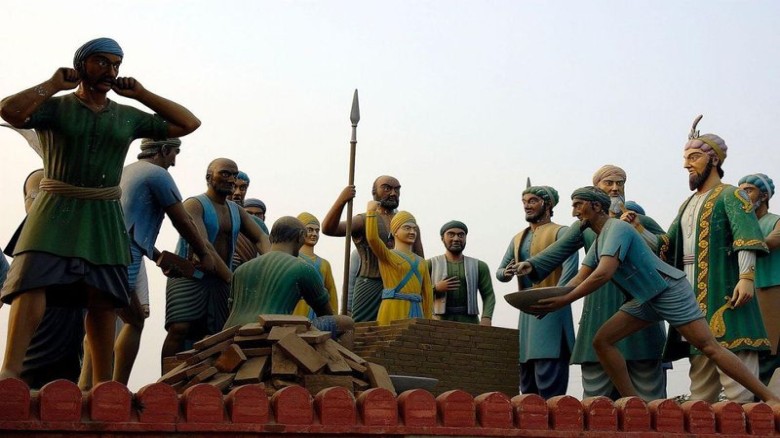
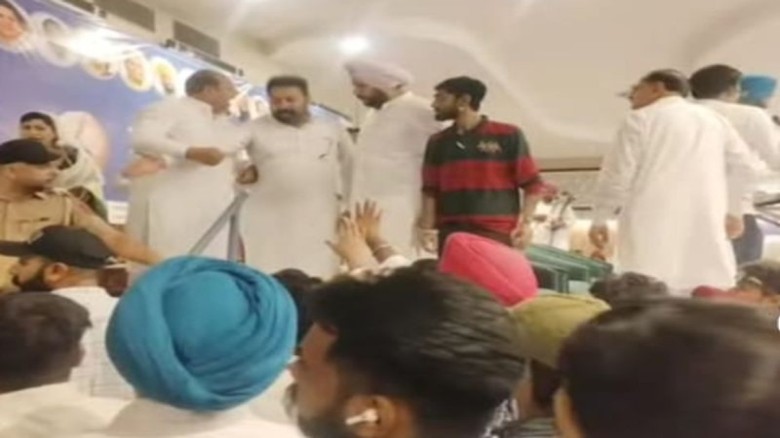
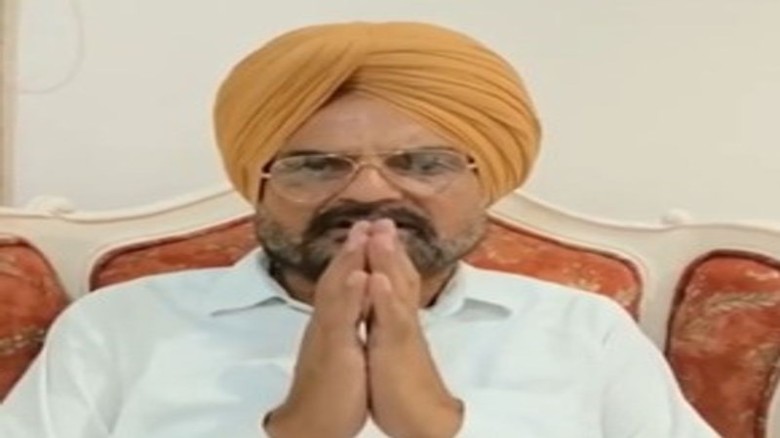
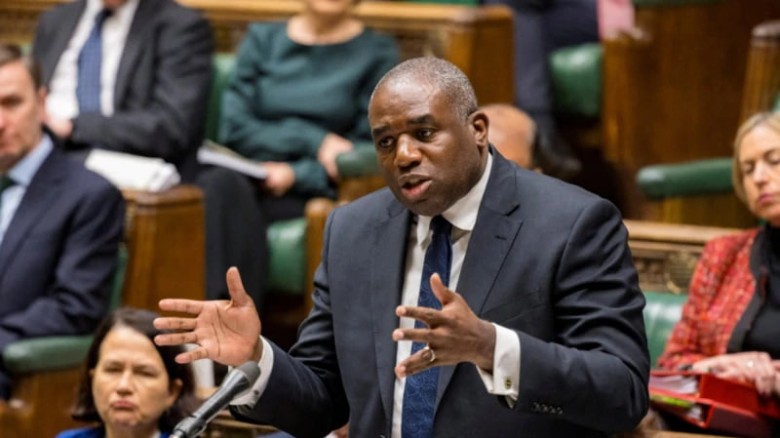
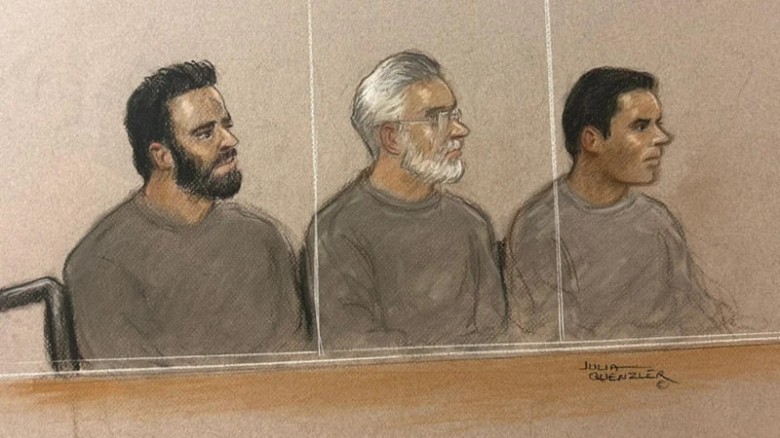
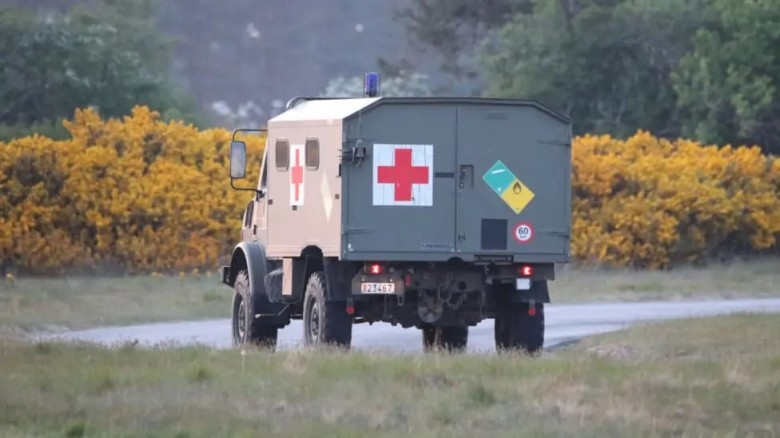


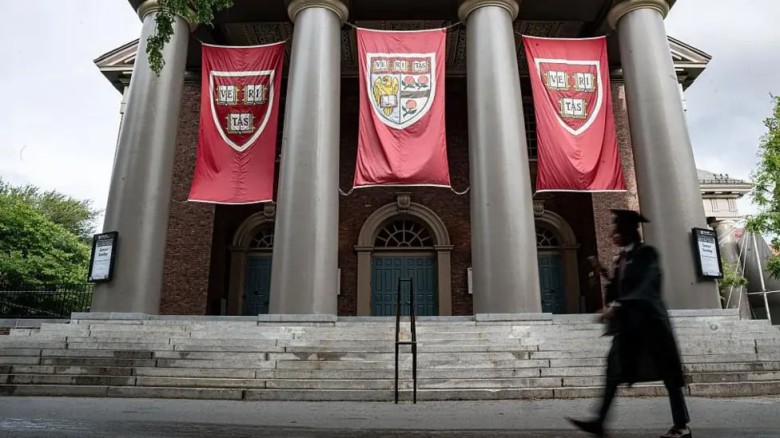
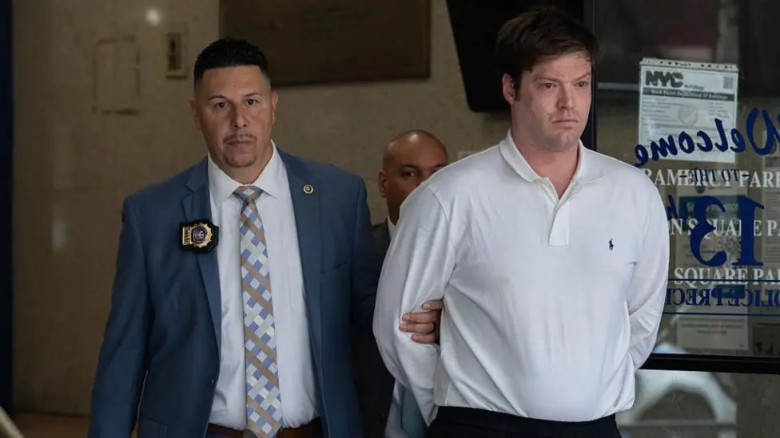
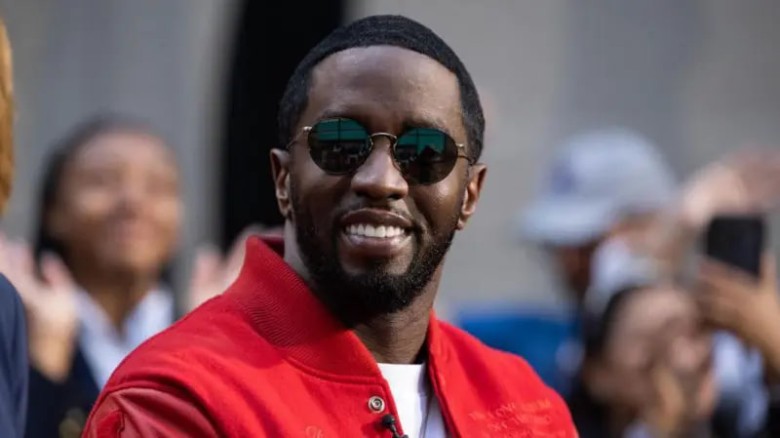
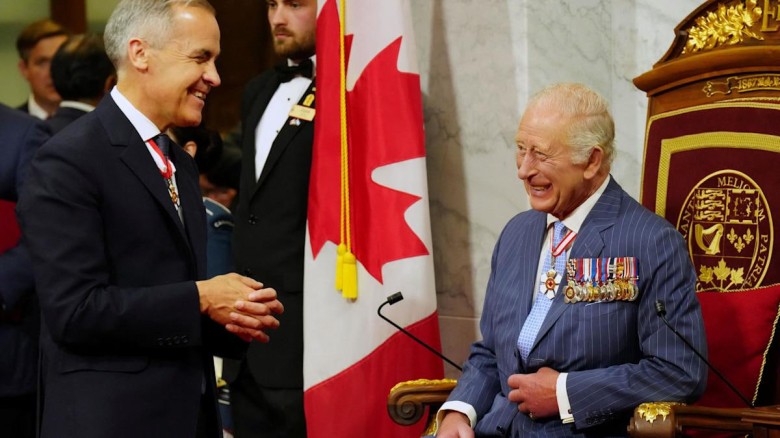
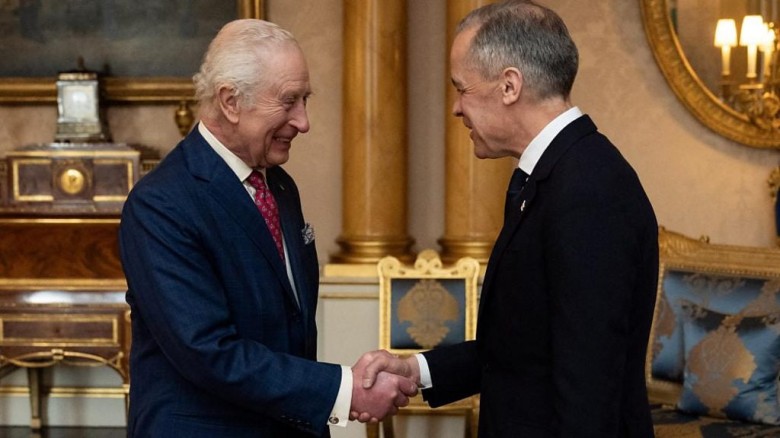
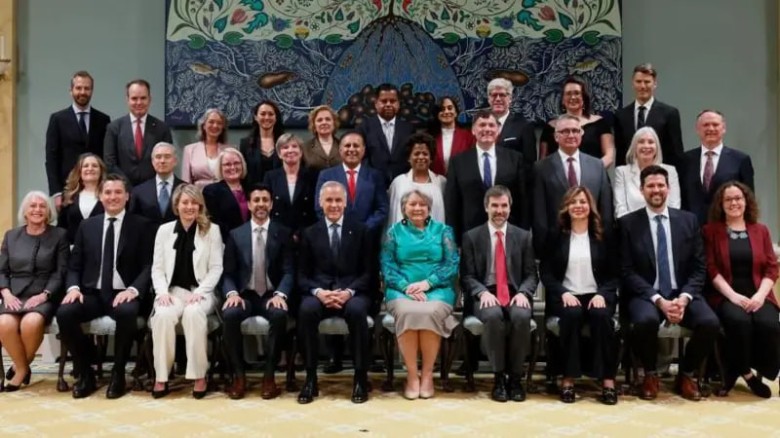
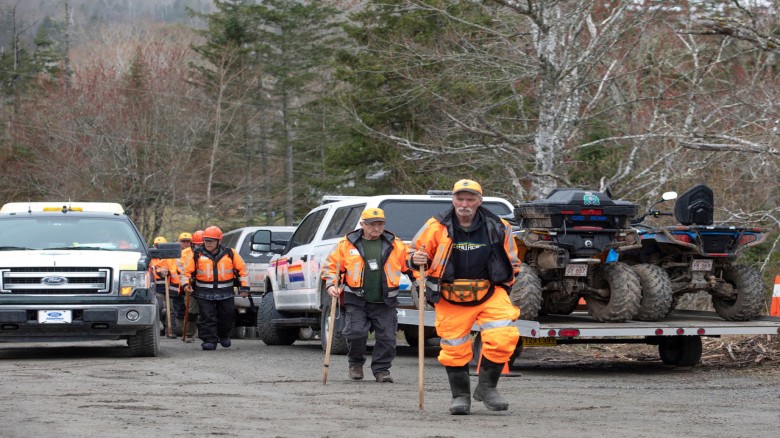
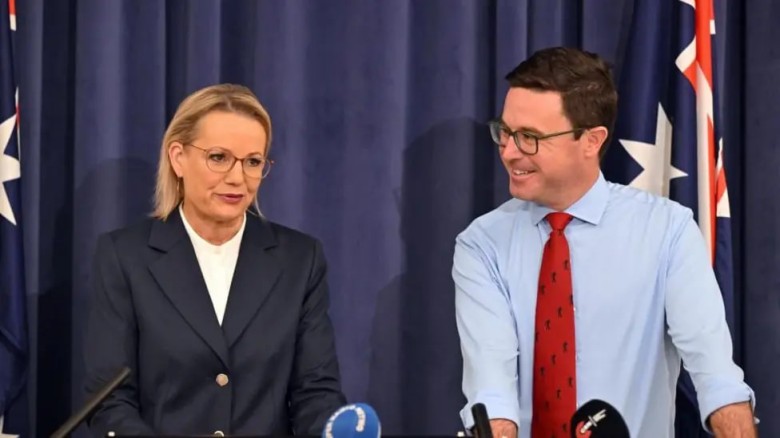


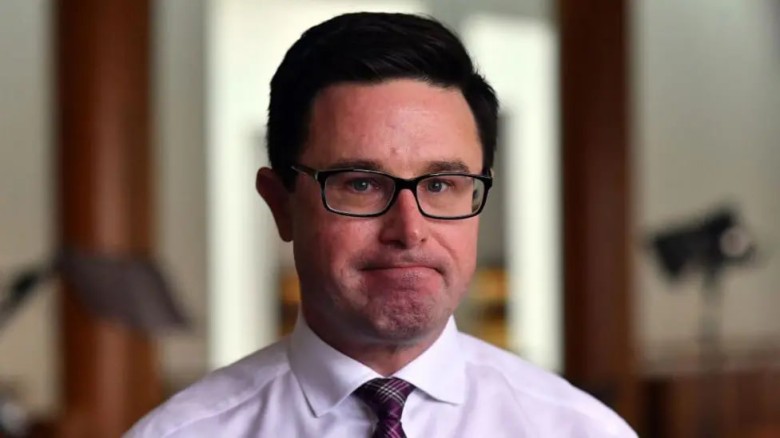
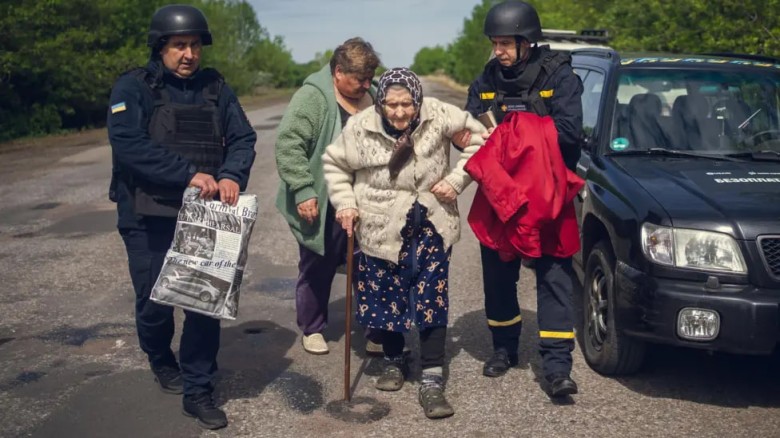
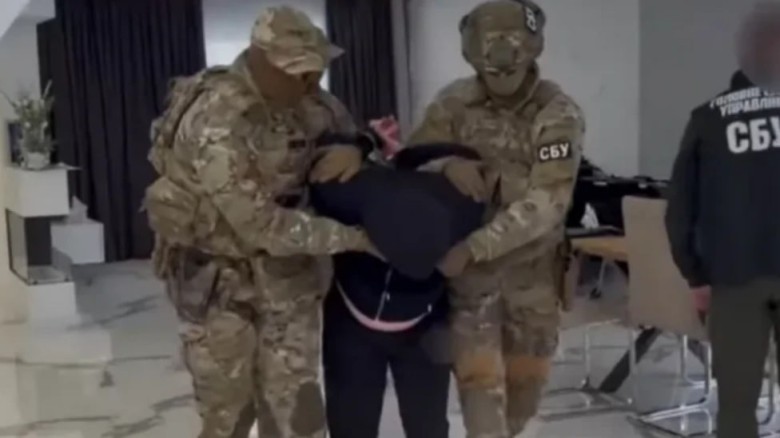
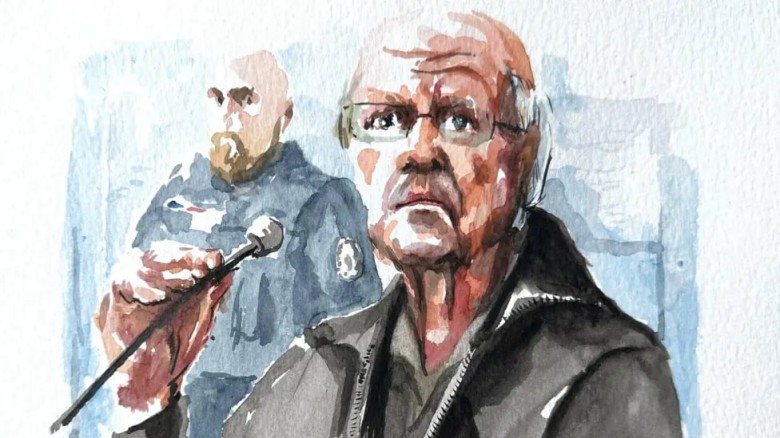
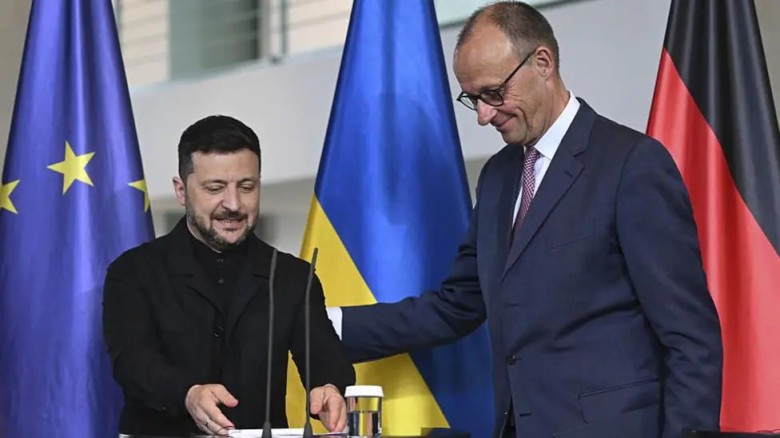
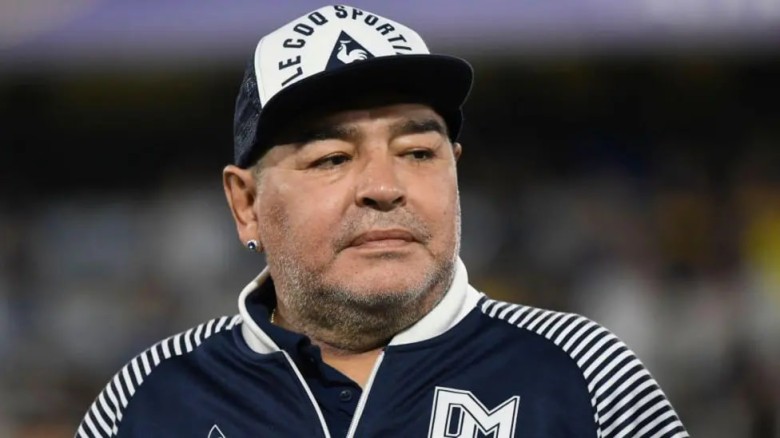

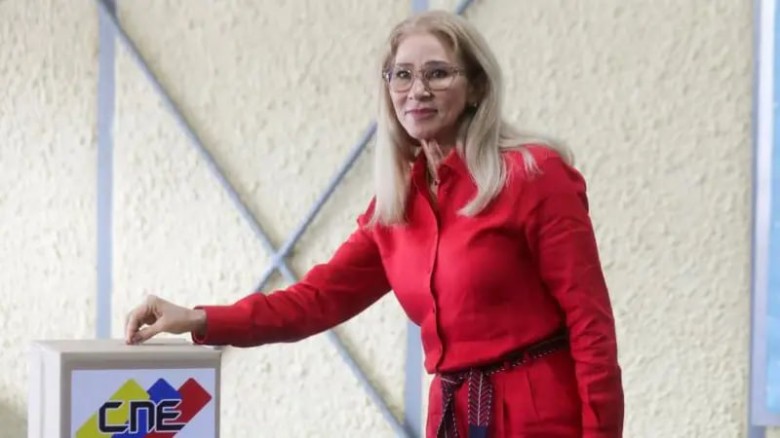


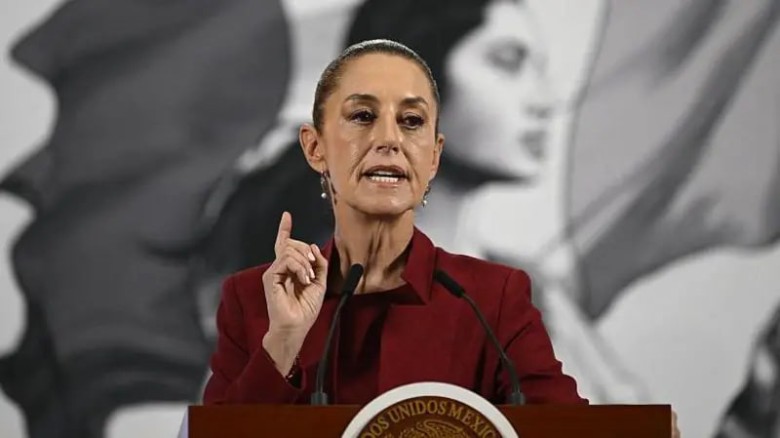

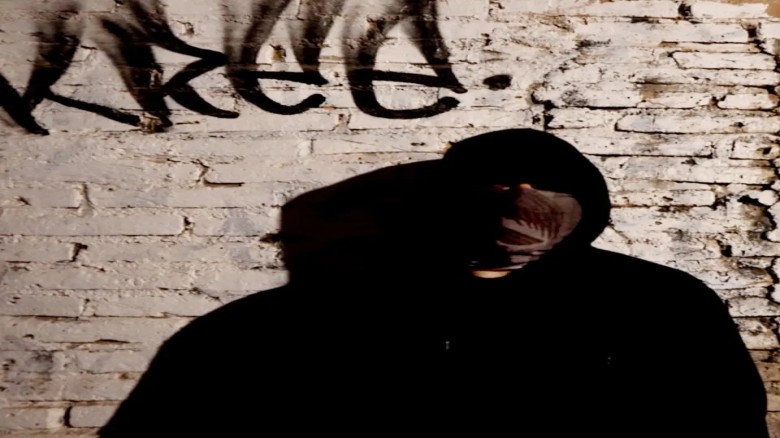


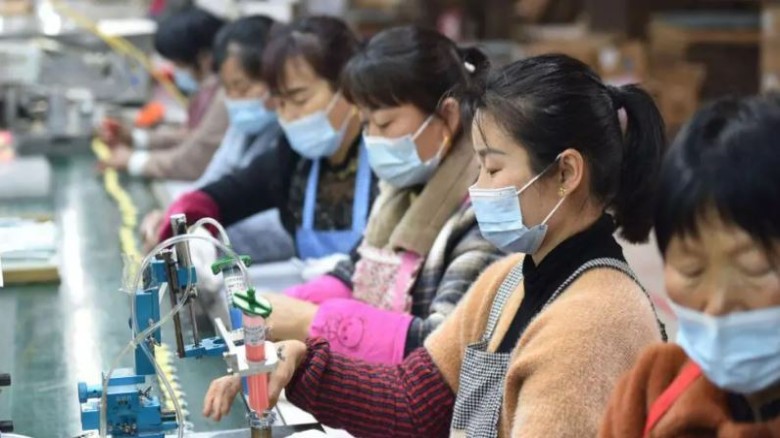

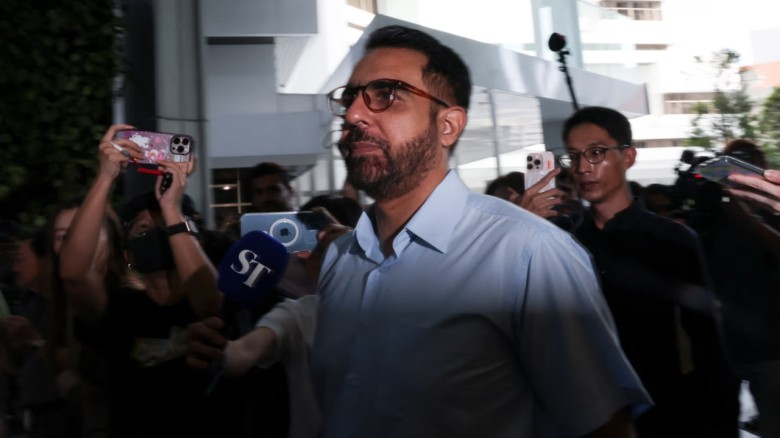




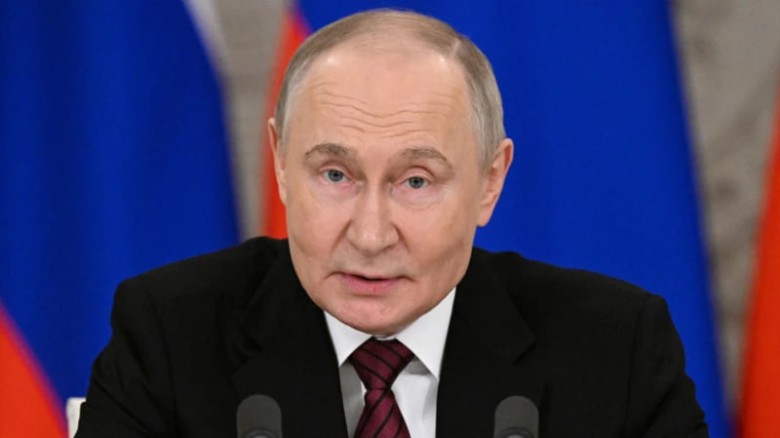
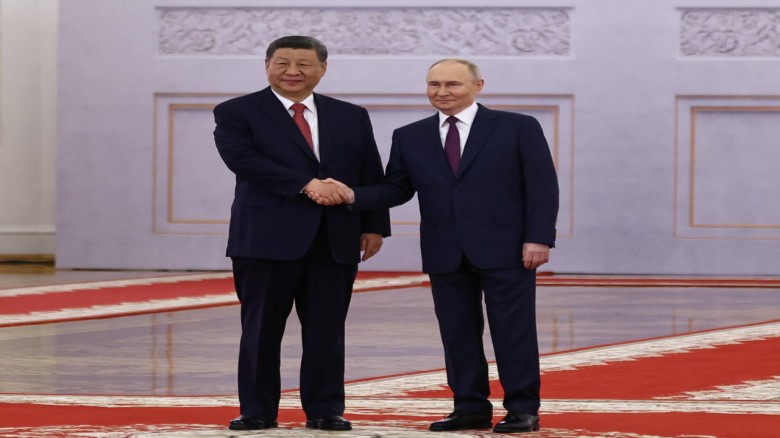
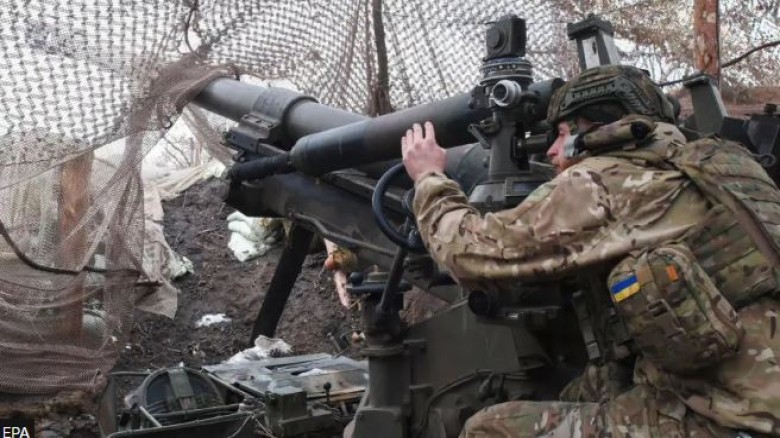
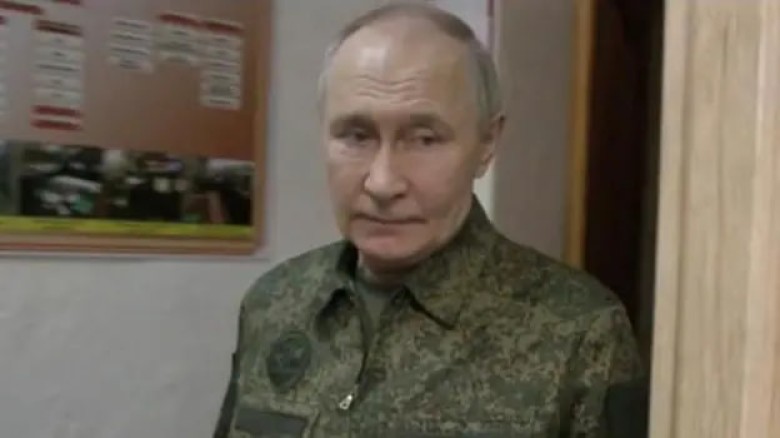


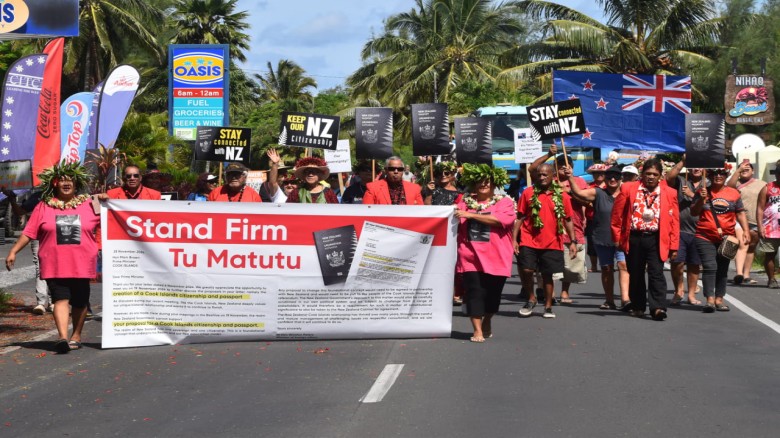
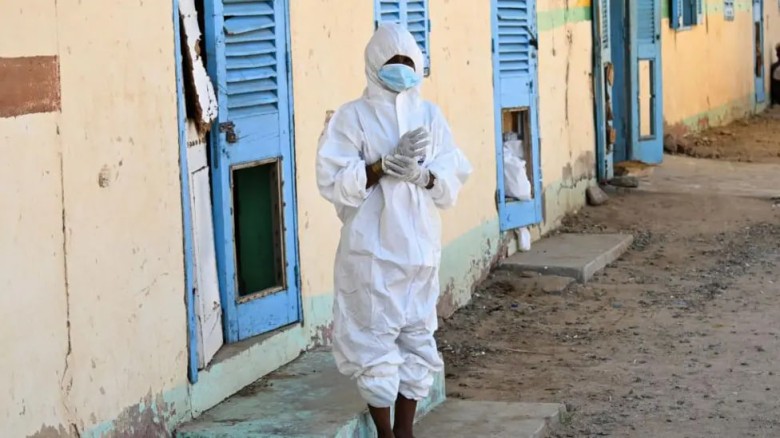
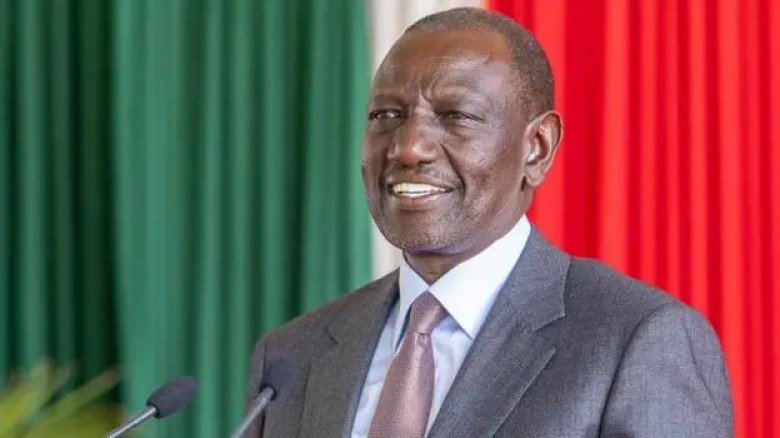
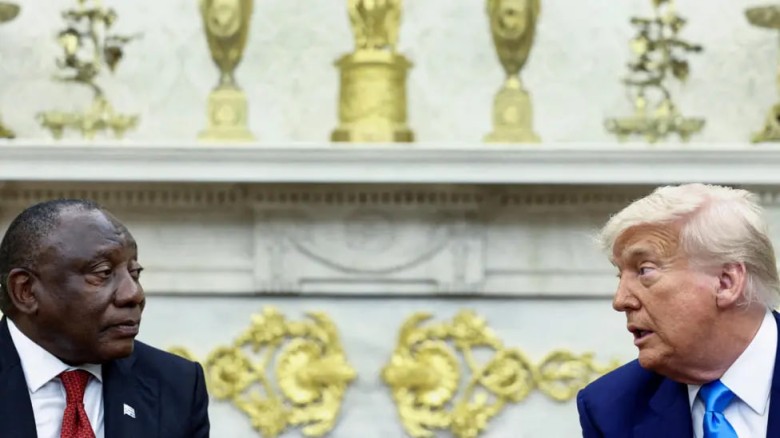
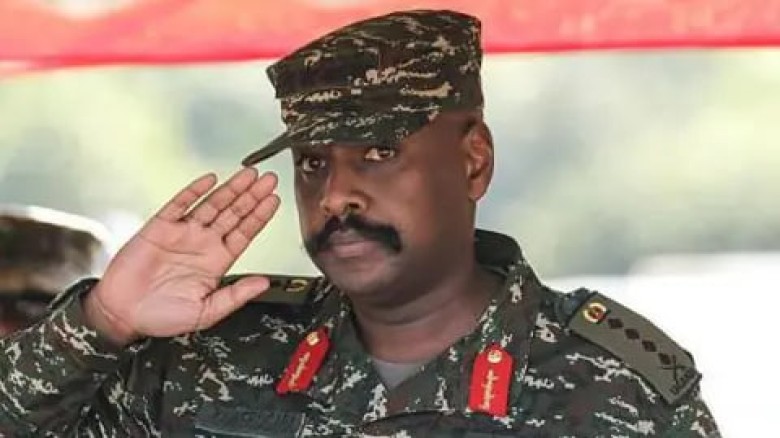
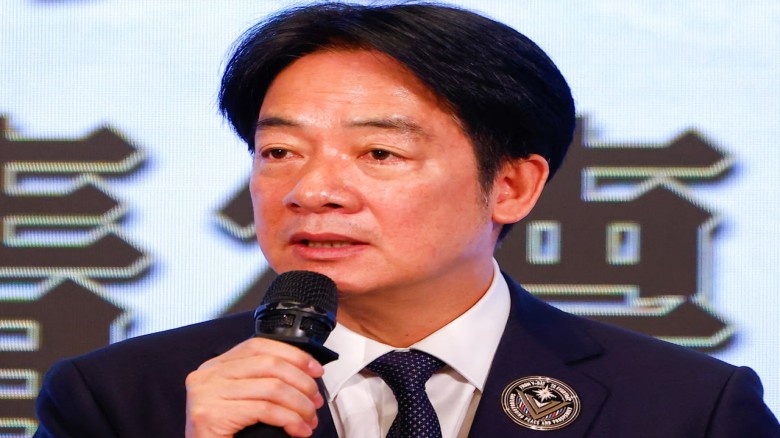

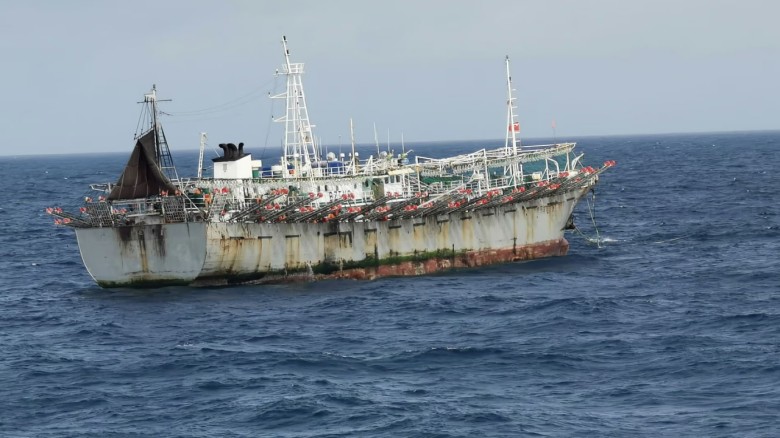
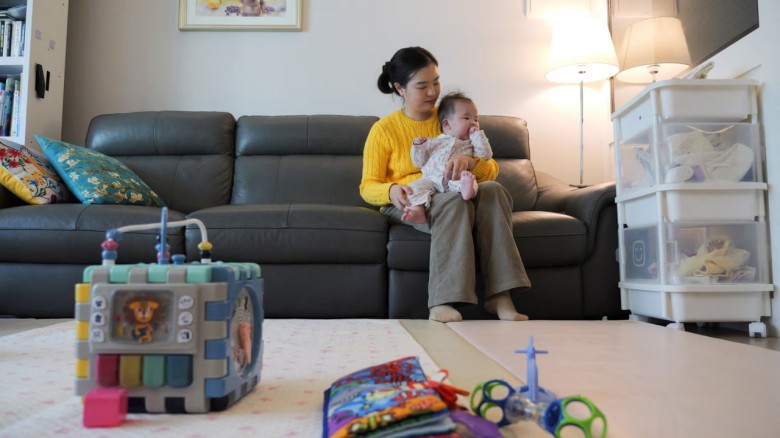
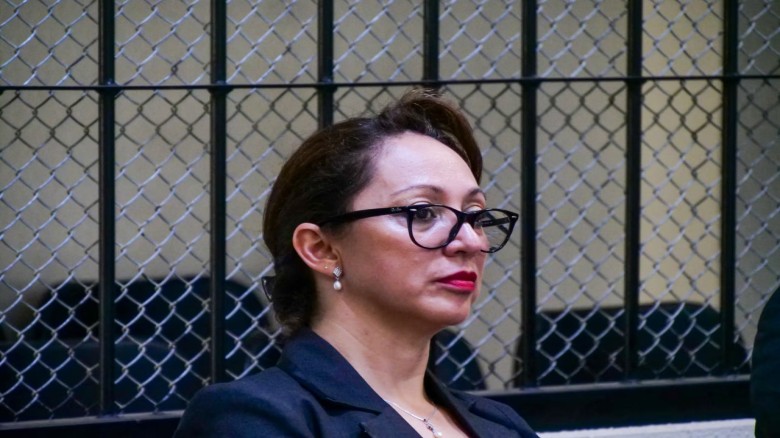
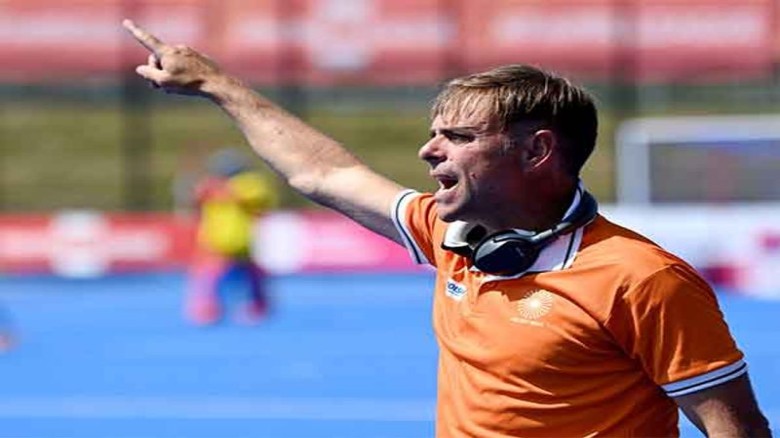
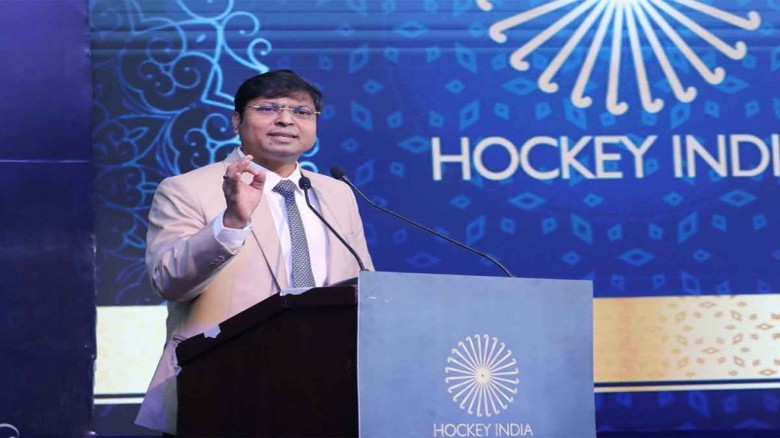
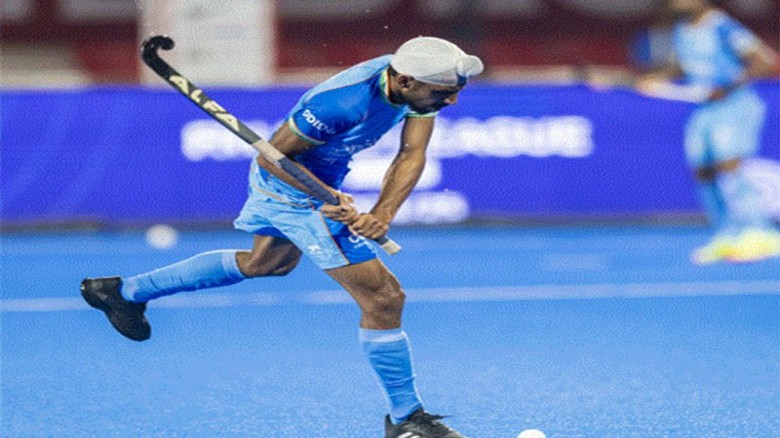
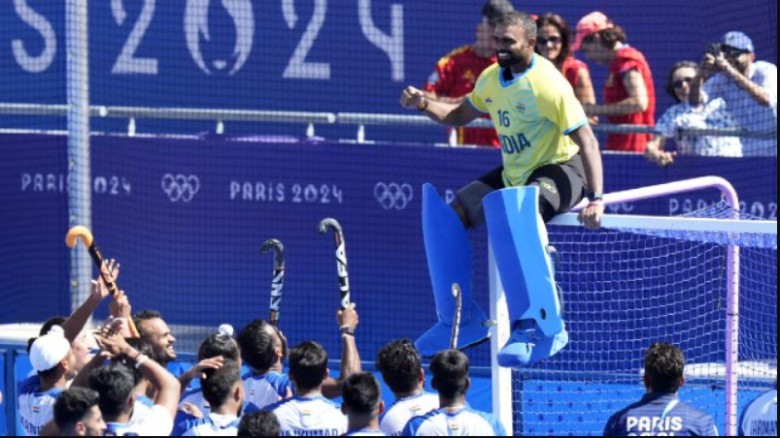
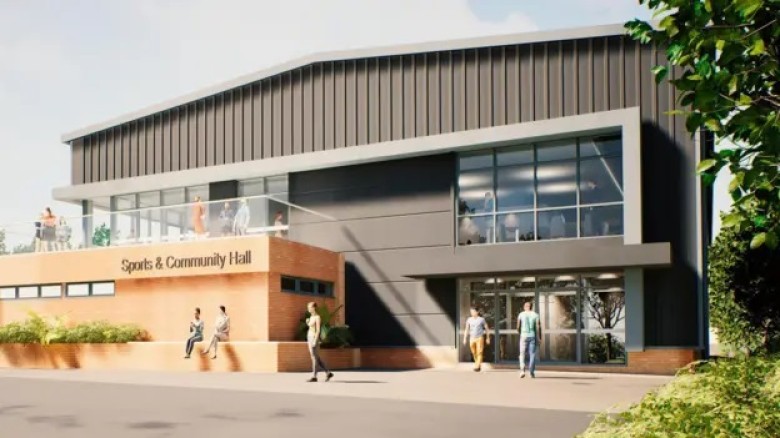

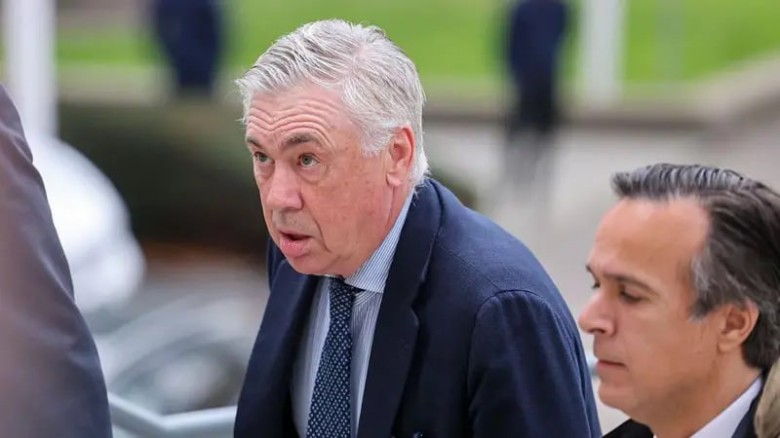



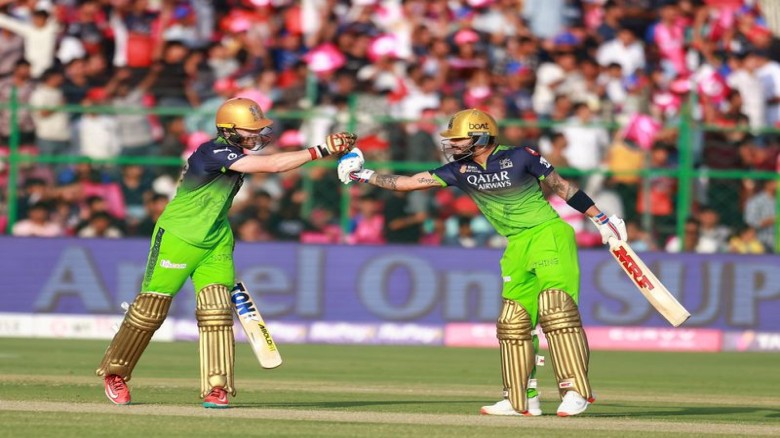



Leave A Comment